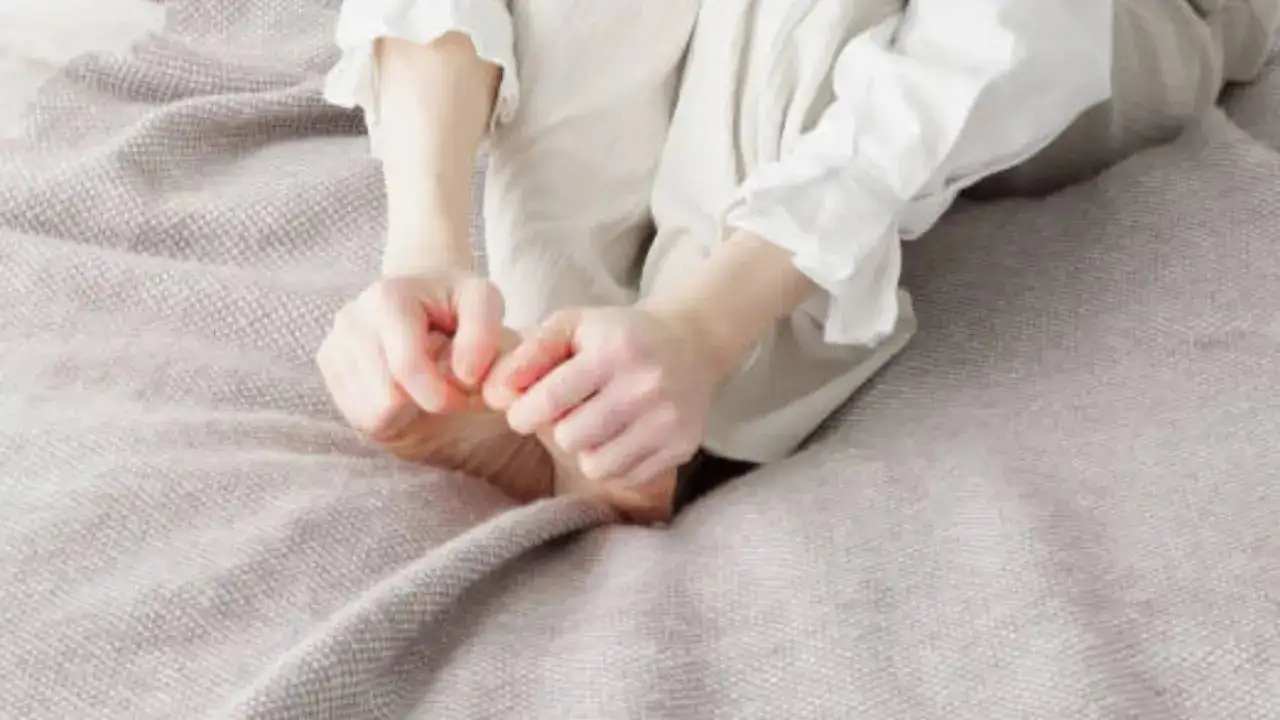
Your Cold Feet Might Be More Than Just Weather Trouble—Doctor Warns Of Heart Risk (Image Credits: iStock)
If your feet or legs often feel unusually cold, even when the weather is warm, it might be time to pay closer attention. While it’s easy to brush off chilly toes as poor circulation or just “how your body is,” doctors warn that cold extremities—especially when paired with pain or swelling—can signal a more serious issue.
“Cold lower extremities may be a sign of underlying vascular or cardiac disease, particularly Peripheral Artery Disease (PAD) or heart failure,” explains Dr Raghuram Sekhar, Consultant, Vascular and Endovascular Surgery at Kokilaben Dhirubhai Ambani Hospital, Mumbai. “These two conditions not only coexist in many patients, but they also worsen each other’s effects.”
Cold Feet and Peripheral Artery Disease (PAD)
PAD occurs when the arteries supplying blood to the legs become narrowed or blocked due to cholesterol buildup. This results in reduced blood flow, which causes the limbs to feel colder than usual.
“When arteries in the legs get clogged, it limits oxygen-rich blood to the feet,” says Dr Sekhar. “This can make the legs cold, and painful, and also delay the healing of any wounds or sores on the feet.”
He adds that PAD is not just about leg discomfort—it has broader cardiovascular implications. “The same cholesterol plaque that narrows leg arteries can affect the heart and brain. So early detection is key to preventing heart attacks and strokes.”
Cold Extremities and Heart Failure
Heart failure, another condition linked to cold feet, reduces the heart’s ability to pump blood effectively. “When the heart is weak, the body prioritises sending blood to vital organs like the brain and kidneys,” explains Dr. Sekhar. “This means the hands and feet may receive less blood, making them feel cold or even appear pale or bluish.”
Typical symptoms of heart failure include fatigue, breathlessness, swelling in the lower limbs, and sometimes, a persistent cough. If cold feet occur alongside these signs, it could be more than just a circulation issue.
Warning Signs to Watch
Dr Sekhar recommends looking out for the following:
Leg pain, especially while walking
“These symptoms should not be ignored, especially by those at higher risk—smokers, diabetics, or those with high cholesterol,” he explains.
What You Can Do
Fortunately, both PAD and heart failure can often be managed effectively with timely intervention.
“Simple lifestyle changes like regular walking, eating a balanced diet, quitting smoking, and managing weight can make a big difference,” Dr Sekhar advises. “In some cases, medications or surgical procedures may be required to improve blood flow.”
He also stresses the importance of a multi-disciplinary approach. “While vascular surgeons handle PAD interventions, a patient-centric team involving cardiologists, endocrinologists, nephrologists, and sometimes neurologists or cardiac surgeons offers the best outcomes.”
So next time your feet feel icy for no clear reason, don’t ignore it. “It might be your body’s way of saying your heart or arteries need help,” says Dr Sekhar.
Get Latest News Live on Times Now along with Breaking News and Top Headlines from Health and around the world.
